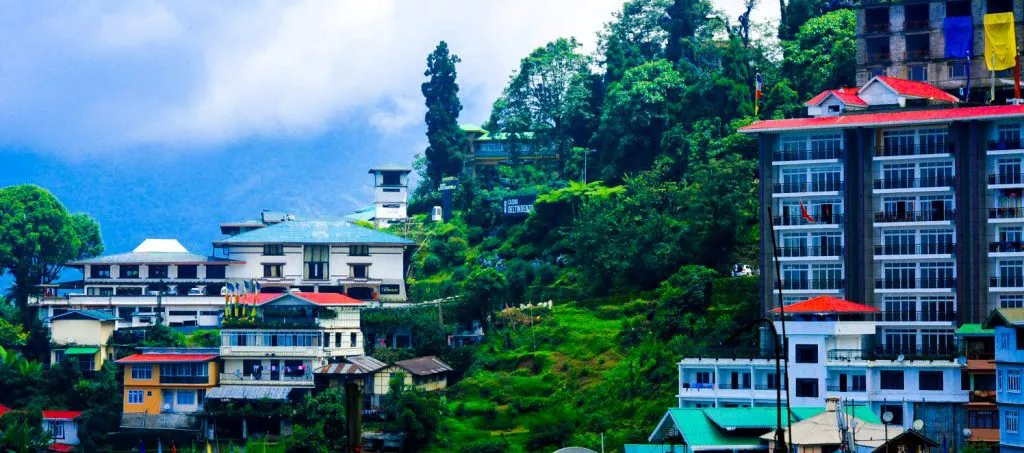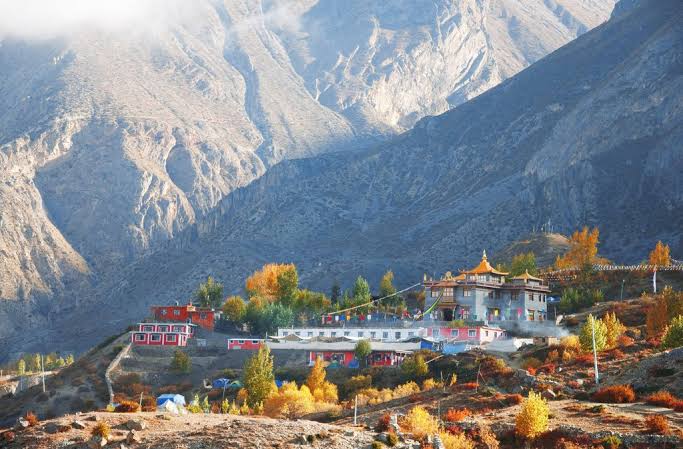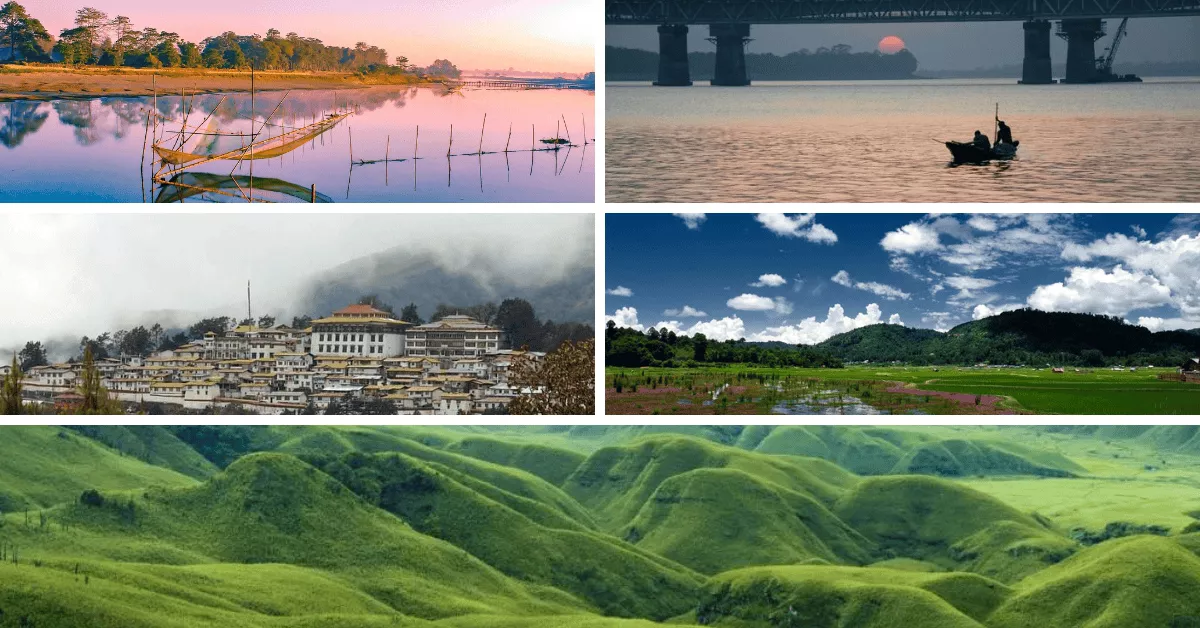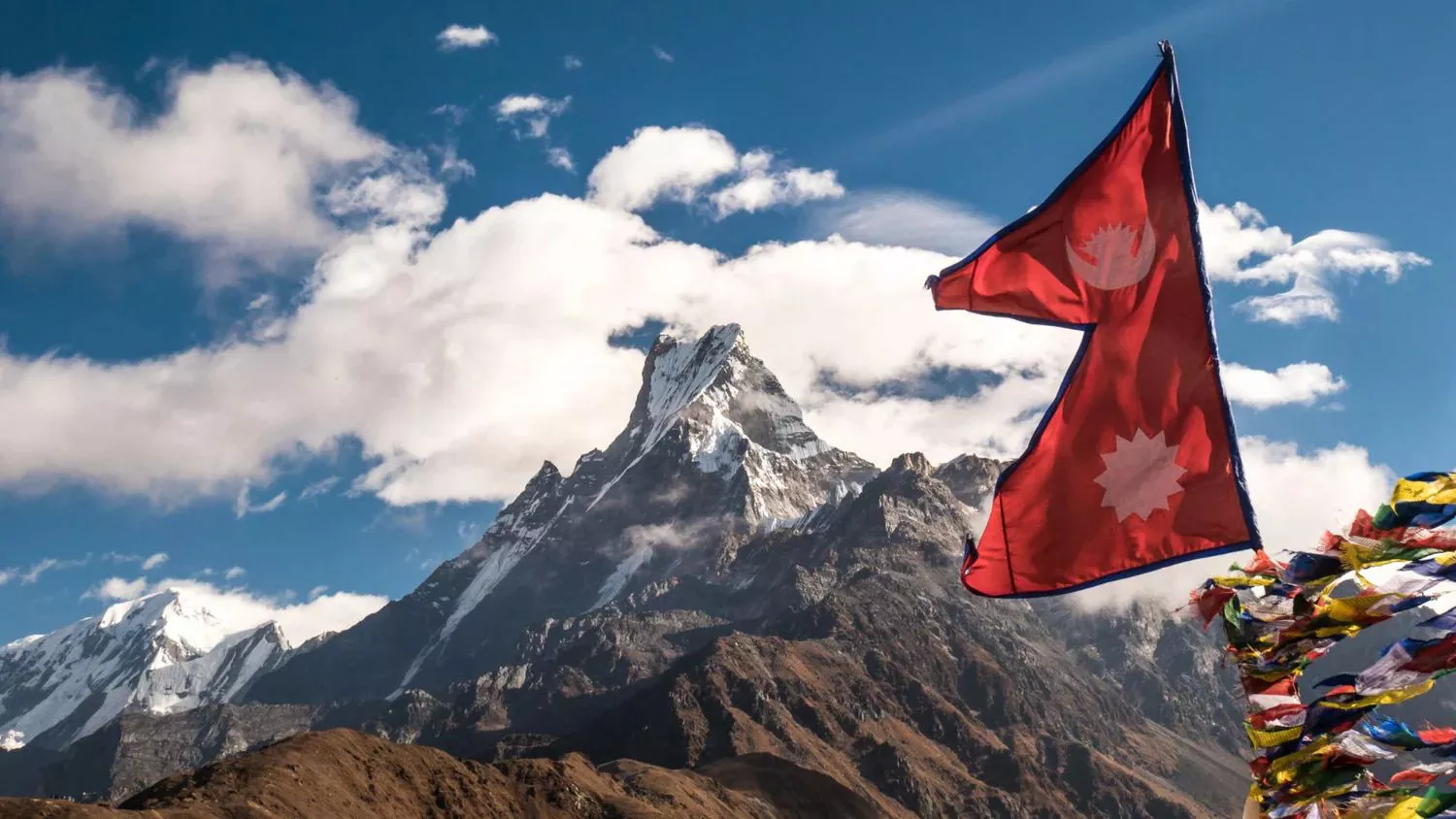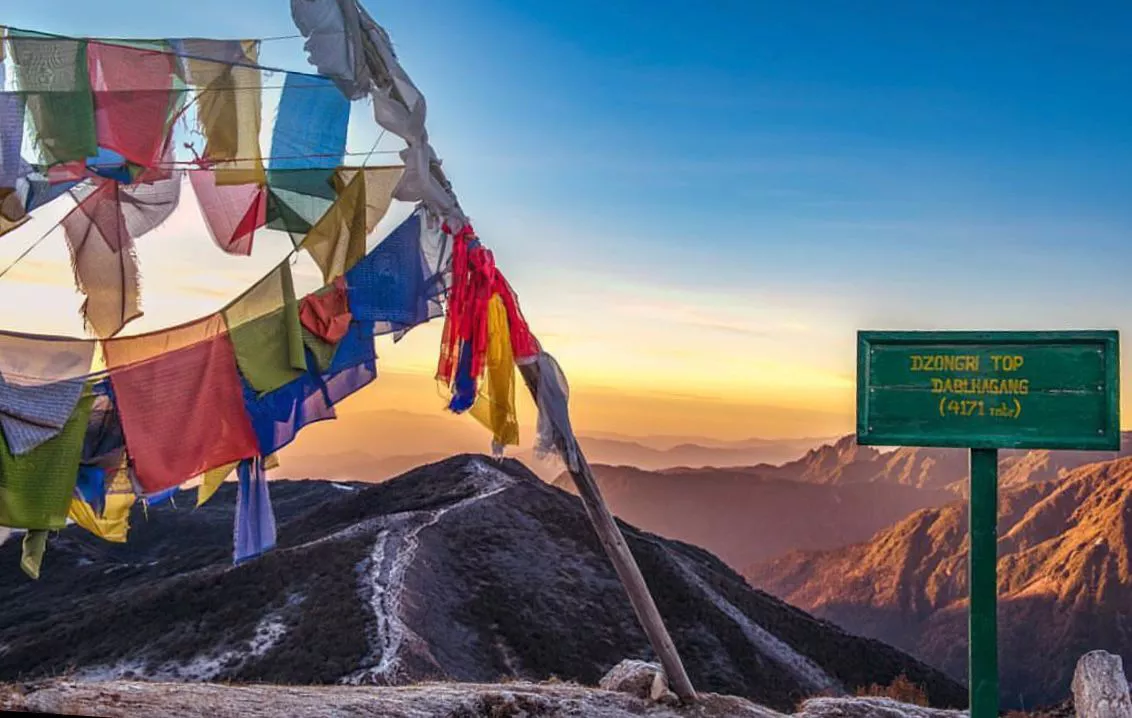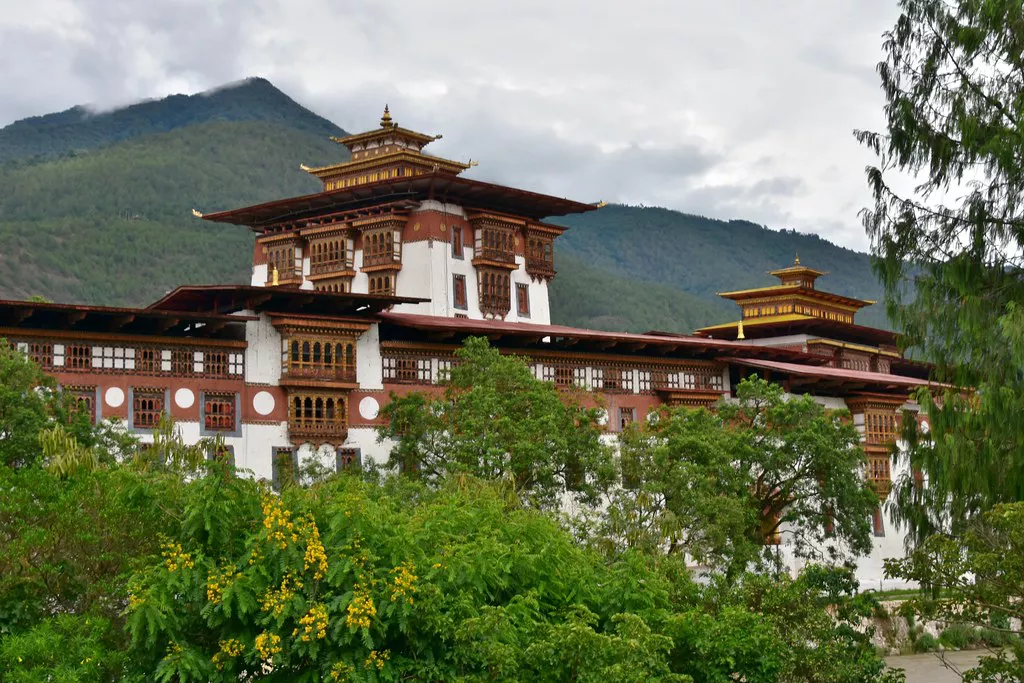
The Punakha Dzong is the administrative centre of Punakha District in Punakha, Bhutan. It is also known as Pungthang Dewa chhenbi Phodrang (meaning "the palace of great happiness or bliss"). It was Constructed by Ngawang Namgyal, 1st Zhabdrung Rinpoche, in 1637–38, it is the second oldest and second largest dzong in Bhutan and one of its most majestic structures. The dzong houses the sacred relics of the southern Drukpa Lineage of the Kagyu school of Tibetan Buddhism, including the Rangjung Kharsapani and the sacred remains of Ngawang Namgyal and the terton Pema Lingpa.
Punakha Dzong was the administrative centre and the seat of the Government of Bhutan until 1955, when the capital was moved to Thimphu. It is listed as a tentative site in Bhutan's Tentative List for UNESCO inclusion.
Punakha Dzong
The Dzong is located between the Pho Chhu (Male) and Mo Chhu (Female) river in the Punakha–valley. The source of the Mo chu river is in the northern hills of Lighsi and Laya in Bhutan, and in Tibet. The Po Chu River is fed by glaciers in the Lunana region of the Punakha valley.
According to a local legend, the sage Padmasambhava prophesied that "a person named Namgyal will arrive at a hill that looks like an elephant". Ngawang Namgyal, 1st Zhabdrung Rinpoche, found the peak of the hill, which appeared in the shape of trunk of an elephant as prophesied, and built the dzong in 1637-38.
The dzong was consecrated in the name of Pungthang Dechen Phodrang. In 1639, a commemorative chapel was erected to house the arms seized from the Tibetans who were defeated by the Bhutanese on this spot. The Zhabdrung also set up a monastic order with 600 monks (brought from Cheri Gompa of upper Thimphu valley) and he lived here till his death.

